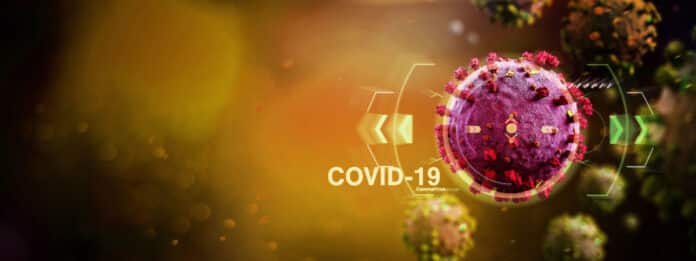HANCOCK COUNTY — COVID-19 vaccination data by ZIP code indicates that the farther east one lives in the county, the less likely they are to get the shot.
Figures provided by the Indiana State Department of Health show ZIP codes in and near Hancock County’s western townships have 55% to 65% of people age 16 or older who are at least partially vaccinated, meaning they’ve received the first dose of a two-dose series made by Pfizer-BioNTech or Moderna; or the one-dose Johnson & Johnson shot.
That figure drops to 45% in the ZIP code for Greenfield and the surrounding area, and into the 30s in the more rural communities in the eastern part of the county.
The ZIP code of 46040, which includes Fortville and the surrounding area, has the highest percentage of people who have received the vaccine of all the ZIP codes in Hancock County, at 65%. Just behind it is 46055, which includes the McCordsville area, at 62%. Not far behind that is 46163, which includes New Palestine, at 55%.
Numbers in the more rural eastern part of the county tell a different story. In the 46117 ZIP code, which includes Charlottesville and the surrounding area, 31% of residents 16 and older have been at least partially vaccinated. The ZIP code of 46186, which includes Wilkinson, is at 33%; and 47384, which includes Shirley, is at 34%.
The ZIP codes of 46161 and 46130 mainly consist of the Morristown and Fountaintown areas in Shelby County, respectively, but have small portions extending into southern Hancock County; both stand at 36%.
Dr. Gary Sharp, Hancock County health officer, said there may be less willingness toward vaccination in the more rural parts of the county because there’s less concern about getting the virus, as people aren’t as close together as in the more suburban settings in the western township. There are likely more farmers and fewer workers heading into their jobs every day alongside many other people, he continued, adding they also live in areas where neighbors may not be as close.
“My speculation would be that those people probably tend to be, by nature, more physically separated from one another, as housing is spread out,” Sharp said.
The trend in Hancock County reflects one found in a poll by The Associated Press-NORC Center for Public Affairs Research late last month, which reported a third of rural Americans leaned against getting a COVID-19 vaccine, while fewer than a fourth of people living in cities and suburbs shared that hesitancy.
Of Hancock County’s residents age 16 and older, 36.8% have been vaccinated, placing it in the top 10 of Indiana’s 92 counties. Nearly half of that population in Hancock County has received a first dose in one of the two-dose series.
Sharp encouraged residents to get vaccinated.
“The risk of the disease is far greater than the risk of the vaccines,” he said.
He added that more vaccinations will help prevent the novel coronavirus from mutating into potentially more dangerous versions.
“The more people who are vaccinated, the fewer people who are getting the virus, the less likely it is to mutate,” Sharp said.
Steve Long, president and CEO of Hancock Health and Hancock Regional Hospital, also urged residents to get the vaccine.
“People need to understand the vaccine is safe and effective,” he said.
He, in turn, understands many still have concerns about the vaccines.
“What we’re trying to do is help people understand there are very good answers to their questions,” he said.
Long pointed to information on COVID-19 vaccines available on the hospital’s website at hancockregionalhospital.org/covid-19-resources/vaccine.
“At the end of the day it’s everybody’s choice,” he said. “They have to make the choice — based on the best information — they can.”




